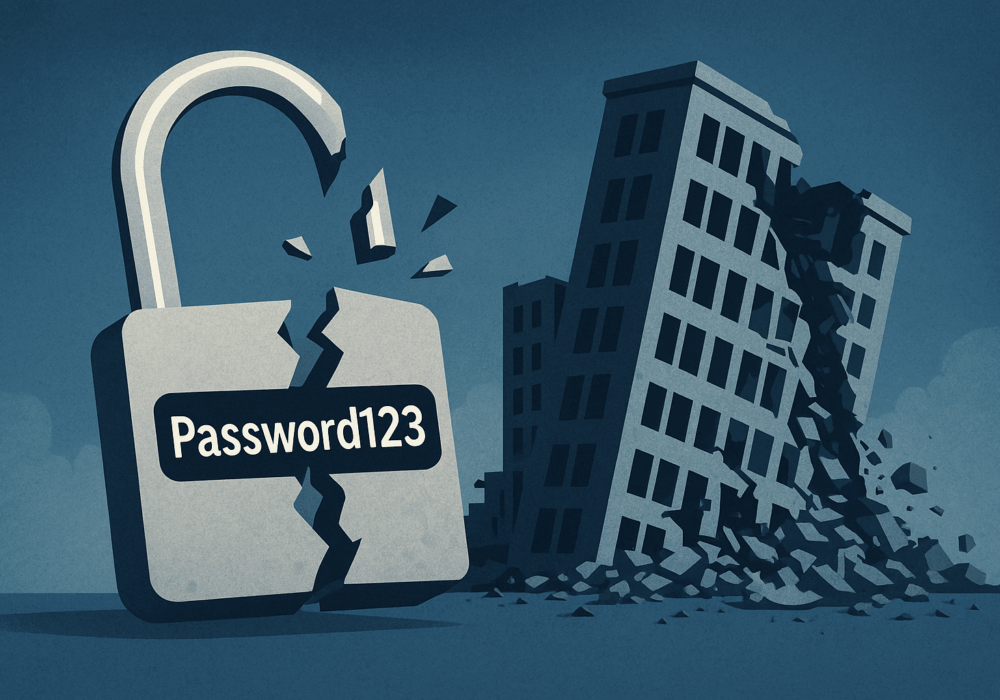Remote Desktop Protocol (RDP) is software commonly used by customer support representatives to remotely take over full control of a customer’s desktop and fix the issues on their computer. Issues arise with this software due to hackers using it for malicious purposes, such as when a hacker convinces an employee they are a customer support representative and have a victim activate RDP so the hacker can fix their “infected” computer. The hacker will then take over full control of the computer, allowing them access to everything on that system.
In order to not fall victim to a RDP-based attack, you need to be doing these things to protect your sensitive information:
Most of these recommendations are built into CyberHoot. With CyberHoot you can govern, train, assess, and test your employees. Visit CyberHoot.com and sign up for our services today. At the very least continue to learn by enrolling in our monthly Cybersecurity newsletters to stay on top of current cybersecurity updates.
Discover and share the latest cybersecurity trends, tips and best practices – alongside new threats to watch out for.

The rapid rise of generative AI has unlocked enormous promise, but it’s also accelerating the arms race in...
Read more
Newly discovered Android banking Remote Access Trojan (RAT), dubbed Klopatra, has compromised more than 3,000...
Read more
In June 2025, KNP Logistics Group, a transport company in the UK with 500 trucks and nearly two centuries of...
Read moreGet sharper eyes on human risks, with the positive approach that beats traditional phish testing.
